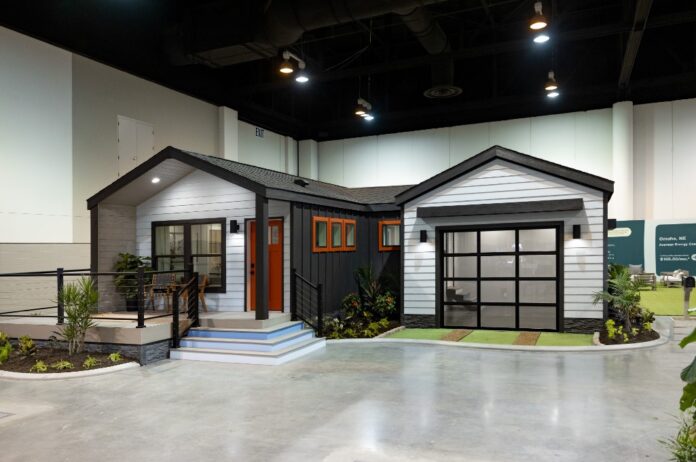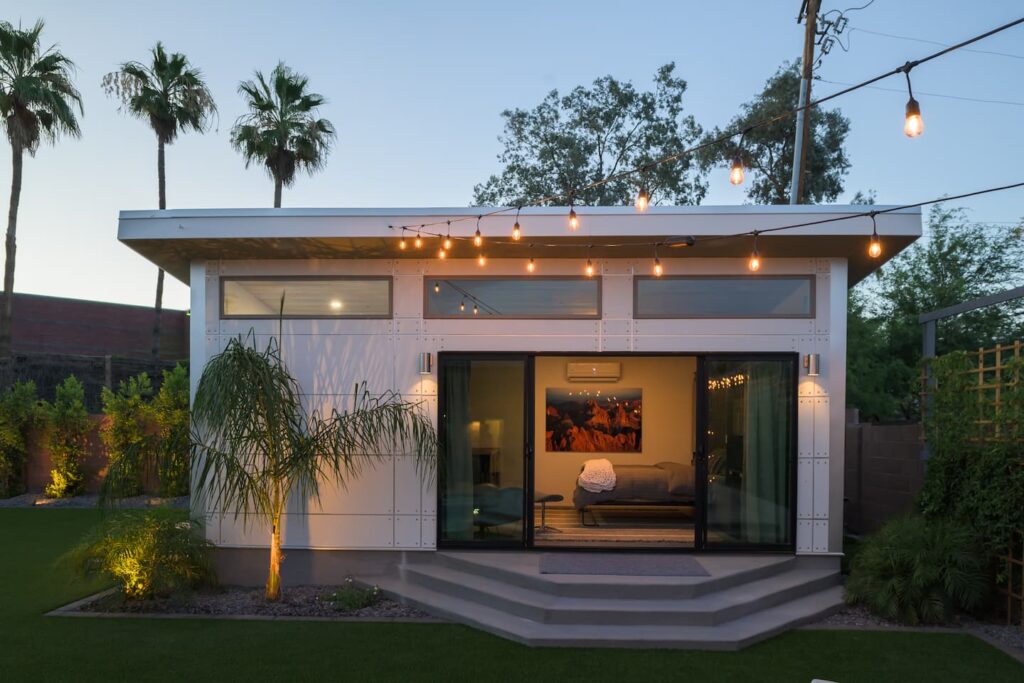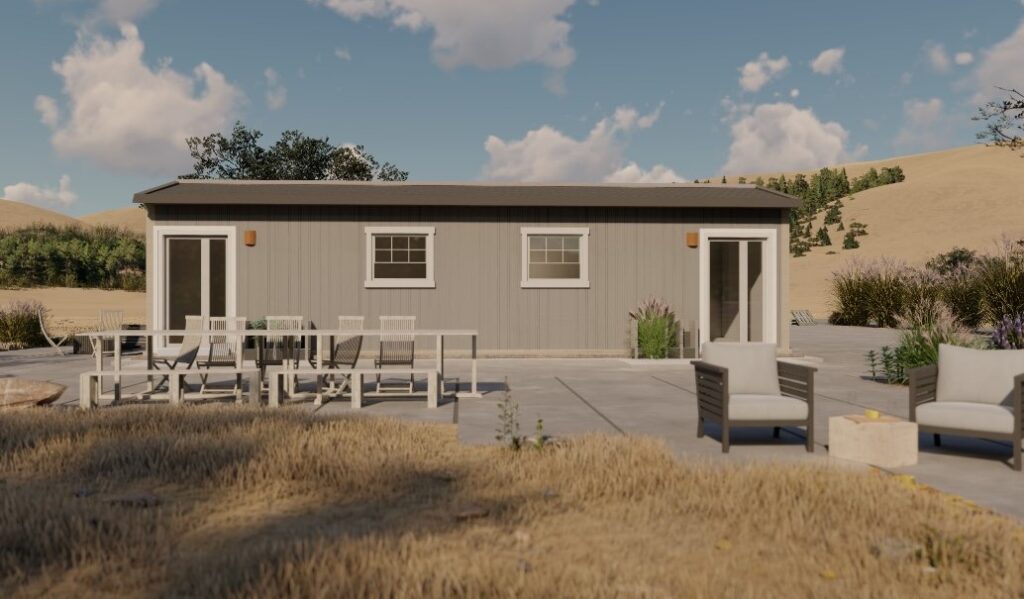
Modular homes are gaining popularity due to their efficiency and cost-effectiveness.
With the rising interest in sustainable and affordable housing solutions, it’s crucial to explore ways to save costs during the home-building process.
1. Research the Site
Choosing the right land for your modular home is crucial for both cost and convenience. Consider factors such as proximity to the town center, ease of delivery routes, and the terrain and topography of the site.
For instance, land that is too hilly or uneven may require significant preparation work, increasing your overall costs.
Proximity to essential services and amenities can also impact your day-to-day living and resale value. Conducting a feasibility study before purchasing land can help you understand potential challenges and costs associated with the site.
2. Opt for a Simple Layout

The complexity of your modular home’s layout can significantly influence your budget.
Opting for a simple design can reduce costs related to materials, delivery, and installation. Fewer modules mean less time and effort in construction and transportation. When choosing a layout, focus on meeting your needs without unnecessary complexity.
For example, open floor plans with fewer partitions and multi-functional spaces can maximize usability while minimizing the number of modules needed. Simple rectangular or square designs are often more cost-effective than intricate shapes.
Additionally, consider designs that allow for future expansion, so you can add on as your needs change without major alterations.
Efficient design not only saves money upfront but also ensures easier maintenance and potential savings on utilities.
3. Build Off-the-Plan
Choosing pre-designed modular layouts offers numerous benefits, including a faster drafting process, quicker construction times, and reduced labor costs. These layouts have been tested and optimized, ensuring efficiency and reliability.
Pre-designed plans often come with a range of customization options that allow you to add unique touches without significant structural changes.
This flexibility can include aesthetic elements like finishes, fixtures, and color schemes, which personalize your home without incurring the high costs of a fully custom design.
By building off-the-plan, you also benefit from economies of scale, as manufacturers can produce components in bulk, passing the savings on to you. This approach streamlines the entire construction process, reducing delays and potential cost overruns.
4. Select an Experienced Building Company

Working with an experienced building company is essential for ensuring the quality and efficiency of your modular home.
The skilled modular home builder is knowledgeable about the best practices and can navigate potential challenges effectively, helping you avoid common pitfalls that could increase costs.
Reputable companies have a track record of successful projects and satisfied clients, providing peace of mind and assurance of their capabilities.
For example, Blue Nile Modular is known for its expertise in modular home construction, offering a range of pre-designed and customizable options.
Experienced builders can also provide valuable advice on cost-saving measures and efficient and durable design choices. Their expertise ensures that your home is built to high standards, delivered on time, and within budget.
The Bottom Line
Thoughtful planning and informed decisions can significantly reduce the costs of building a modular home.
By researching the site, opting for a simple layout, building off the plane, choosing a smaller floor plan, and selecting an experienced building company, you can achieve a cost-effective and high-quality modular home.
Explore your options and consult with reputable builders to start your journey toward a new modular home.








